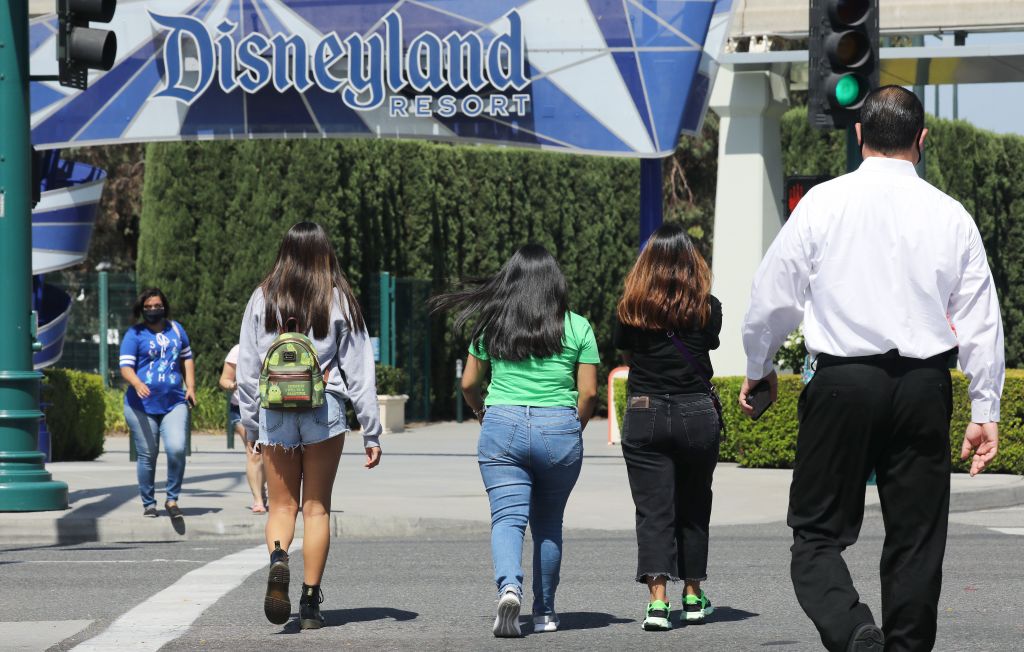Opinion
Blame California’s Leadership, Not Trump, for State’s COVID Comeback
It doesn’t take the wisdom of hindsight to know that the way state and local officials barreled ahead with reopening would lead to disaster.
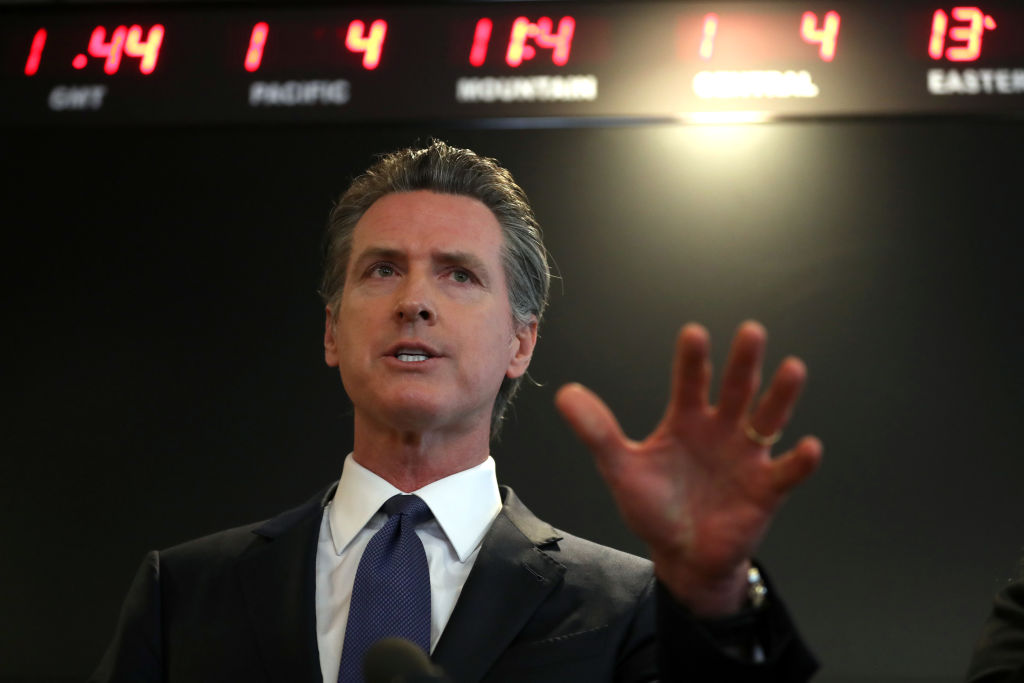
As COVID-19 cases, hospitalizations and positivity rates have soared across most of California in the last few weeks, political and public health leaders have sounded the alarm with increasingly dire warnings. But there are three words you probably haven’t heard from any of them: We were wrong.
It doesn’t take the wisdom of hindsight to know that the way state and local officials barreled ahead with reopening would lead to disaster. On June 1, this website launched a series on the dangers facing frontline workers with an introduction by editor-in-chief Steven Mikulan entitled “Is the Golden State Reopening Too Soon?”
Two weeks later, we published a story by reporter Dan Ross that questioned whether L.A. County – which for months has accounted for a disproportionately high percentage of California’s COVID-19 cases and deaths – was moving too fast to lift restrictions. As Ross wrote, “The latest numbers reveal some worrying trends. The transmission rate…appeared last week to be climbing once again. On June 11 the county recorded the highest one-day jump in cases since the pandemic began.”
“It makes little sense to press forward in bringing things ‘back to normal’ when things are not normal.”
— John Swartzberg, infectious disease expert
In Ross’ story, infectious disease expert John Swartzberg stated simply, in June, “It makes little sense to press forward in bringing things ‘back to normal’ when things are not normal.”
That, however, is exactly what happened. The county’s May 8 reopening of some retail outlets for curbside pickup was followed three weeks later with the unshuttering of hair salons, barbershops and in-person dining. That same day, May 29, 50 new COVID-19 deaths were announced by the county’s public health department. By early June, Angelenos, most of them unmasked, were crowding beaches as well as frequenting restaurants. Today saw L.A. County record its highest number of COVID-related hospitalizations this year.
The loosening of restrictions in L.A. and other parts of the state was sanctioned by Gov. Gavin Newsom, who deferred to local leaders as they rushed to remove lockdown orders. Public policies, of course, aren’t created in a frictionless vacuum, like exercises in a Sim computer game. While Newsom repeatedly said that science, not politics, determined his response to the pandemic, the anti-lockdown demonstrations around the time of Memorial Day clearly rattled him as well as L.A. Mayor Eric Garcetti, and they, as well as many other leaders, quickly began dismantling their own strict and effective measures. The governor, a shrewd politician, likely didn’t want to give Republicans any rallying issue and become the next Gray Davis, who was recalled in 2003 by voters and replaced by Arnold Schwarzenegger after popular discontent with Sacramento boiled over.
There was never any credible scientific basis to relax the stay-at-home measures put in place in mid-March.
Though Newsom received rave reviews for his early actions, by the end of May editorial writers and members of his own party were questioning his authority to unilaterally impose a state of siege. Some law enforcement officials around the state were also declaring that they would not enforce the governor’s decrees. Newsom probably saw a near future in which growing numbers of people would ignore the restrictions, abetted by defiant sheriffs who refused to cite them. That would have led to a very messy crisis. Then came the Black Lives Matter protests – Newsom and the state’s mayors could have tried to ban or limit those protests, but the political cost would have been high.
In short, as John Barry wrote this week in The New York Times, “When you mix science and politics, you get politics.”
In L.A. and some other parts of the state, there was never any credible scientific basis to relax the stay-at-home measures put in place in mid-March. On April 23, as we reported, L.A. County accounted for 54 percent of those who had died from the virus in California, even though only 25 percent of the state’s population lives in L.A. Nearly three months later, that figure remains unchanged.
While some dismissed these numbers by citing the high percentage of deaths occurring at nursing homes, there was clearly more to the story. As L.A. County relaxed restrictions in May and June, the number of daily positive cases also continued to rise. These statistics too were largely explained away by elected leaders and public health officials, who cited expanded testing capacity. Few were willing to acknowledge that the reopening of public spaces was setting the stage for a huge spike in cases – and, eventually, hospitalizations and deaths.
A kind of magical thinking took root as the governor, local elected leaders and public health officials believed that the country’s most populous state could self-regulate itself.
It is fashionable to point the finger at the White House, whose epic failure to manage the pandemic is beyond dispute. But throughout the Trump presidency, California leaders have prided themselves on rejecting the policies coming out of the Oval Office and forging their own path. In the initial two months of the COVID-19 crisis, that pattern was on vivid display, as state and local leaders issued the nation’s first sheltering-in-place orders. The early success of these measures should have been the guidepost to stay the course.
Instead, a kind of magical thinking took root. Newsom, along with local elected leaders and public health officials, naively believed that the country’s most populous state could essentially self-regulate, and that 40 million people would adhere to social distancing and mask wearing guidelines. But many Californians would interpret the loosening of restrictions as license to let down their guard. Without established cultural norms of compliance with public health guidelines, or the enforcement muscle to ensure it, the handwriting was on the wall.
Now, as hospital beds fill and the death toll mounts while everything from restaurants and gyms to retail stores and bars once again close their doors, we are left to ponder whether the lesson has been learned. No place on earth is safe from the merciless march of this virus. Vigilance, not nonchalance, is the watchword that must guide us.
That does not mean indefinite closure of the state — but it does mean putting science before politics. As other nations have shown, only a regimen of extensive testing, contact tracing, mandatory mask wearing, social distancing and other infection control measures can flatten the curve of COVID-19 and keep it under control. That has not occurred in California, or in most other parts of the U.S.
Yes, the severe economic repercussions of closing down the state must be reckoned with. That may require deeper budget deficits and increased borrowing to ensure that the millions of people struggling to keep their heads above water can do so. It is a sobering but indisputable fact that many of those hardest hit by the health impacts of COVID-19, including the poor and communities of color, are also the ones bearing the brunt of the pandemic’s economic devastation. Politicians who regard themselves as champions of the disenfranchised must grasp that until the virus is truly under control, reopening the state in anything but the most cautious manner will only lead to more suffering among those who have already endured so much.
The recent protests by hospitality workers in L.A. and other regions underscore why the economic impacts of the coronavirus recession should not be used as an excuse for dangerous public policy. No set of workers has been hurt more by the downturn than those employed in hotels and other parts of the tourism industry, which has seen its business virtually disappear overnight. Yet car caravans of hotel workers — who are overwhelmingly low income people of color — have taken to the streets calling on officials to stop the unsafe reopening of hotels. They understand that the short-term economic gain of returning to work is not worth the potentially deadly exposure to COVID-19.
Much has been written about the 1918 flu that rampaged across the world, and how heedless acts by leaders eager to get back to normal led to incalculable suffering. Will California be a cautionary tale to students of history examining the current period? We may well be, unless political leaders and the public alike embrace both humility and humanity in the face of the laws of nature.
Copyright 2020 Capital & Main

-

 Column - State of InequalityNovember 6, 2025
Column - State of InequalityNovember 6, 2025Congress Could Get Millions of People Off of SNAP by Raising the Minimum Wage, but It Hasn’t — for 16 Years
-
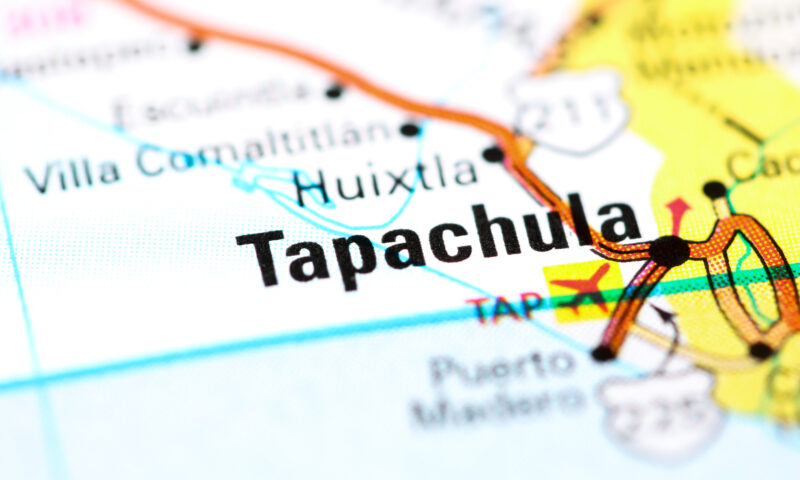
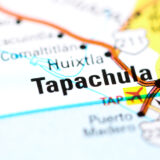 StrandedNovember 7, 2025
StrandedNovember 7, 2025U.S. Deports Asylum Seekers to Southern Mexico Without Their Phones
-

 The SlickNovember 14, 2025
The SlickNovember 14, 2025Can an Imperiled Frog Stop Oil Drilling Near Denver Suburbs? Residents Hope So.
-
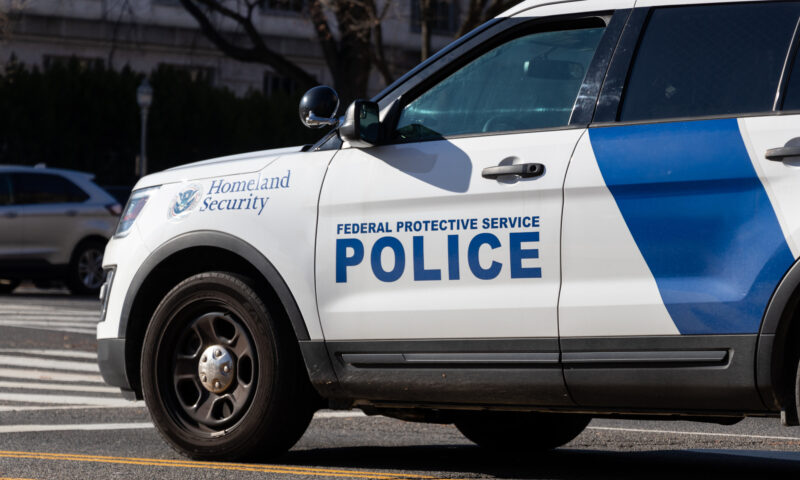
 Latest NewsNovember 11, 2025
Latest NewsNovember 11, 2025Photos, Video, Protests — Homeland Security Tightens Rule on Anti-ICE Activities
-
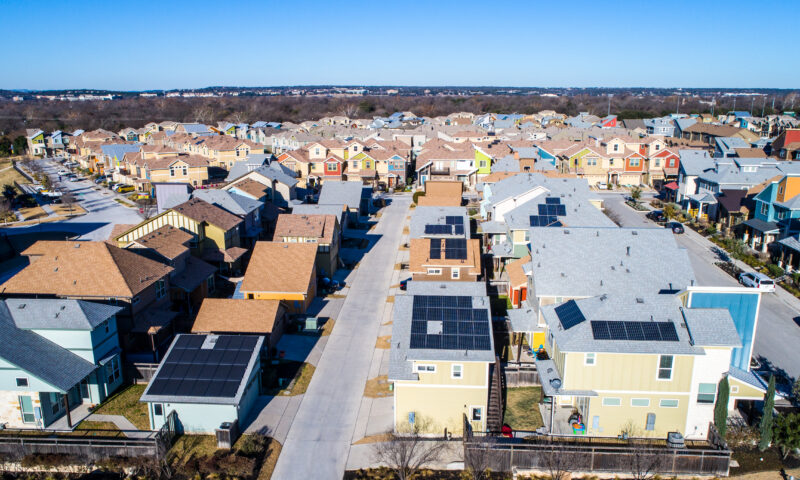
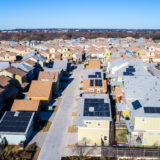 The SlickNovember 12, 2025
The SlickNovember 12, 2025Known for Its Oil, Texas Became a Renewable Energy Leader. Now It’s Being Unplugged.
-
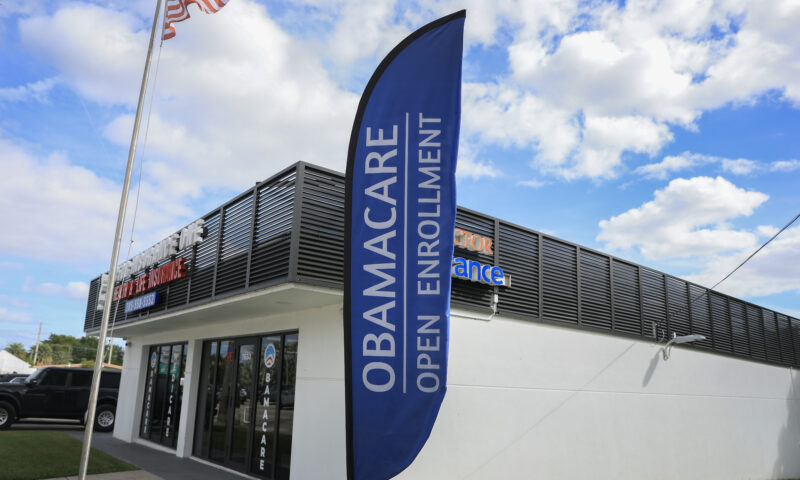
 Column - State of InequalityNovember 13, 2025
Column - State of InequalityNovember 13, 2025Barring a Sharp Shift, Health Insurance Costs Will Skyrocket
-
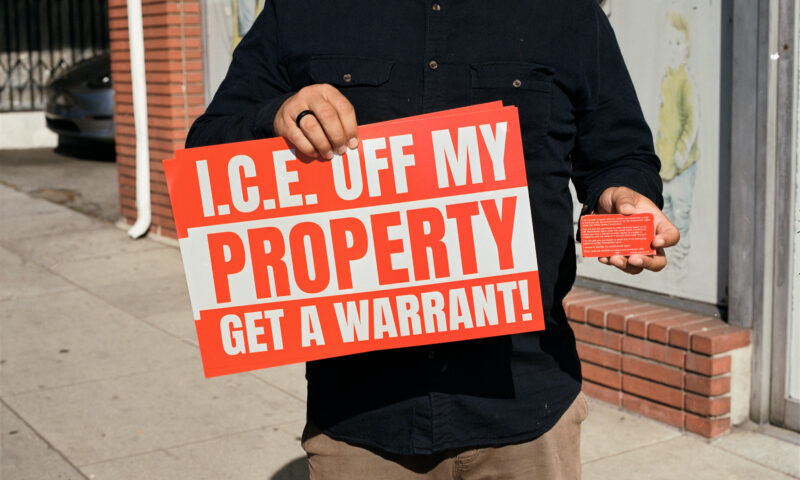
 Latest NewsNovember 19, 2025
Latest NewsNovember 19, 2025How Employers and Labor Groups Are Trying to Protect Workers From ICE
-
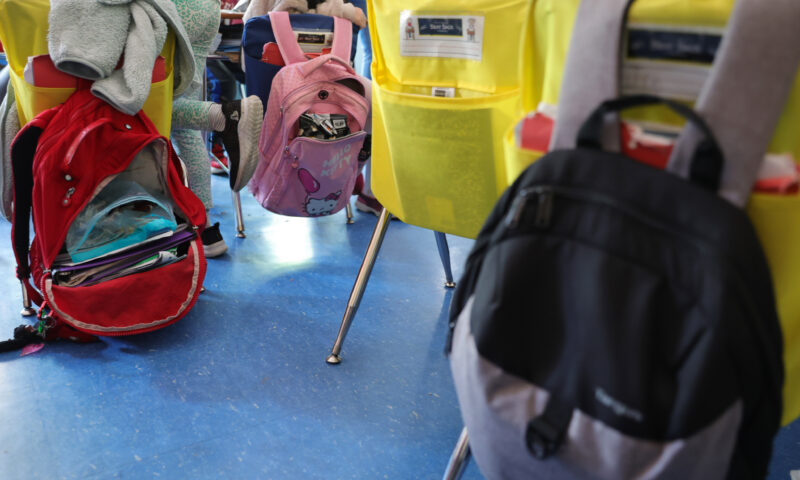
 Latest NewsNovember 18, 2025
Latest NewsNovember 18, 2025Future of Special Education at Risk, Teachers Say, as Trump Moves to Cut Staff and Programs

